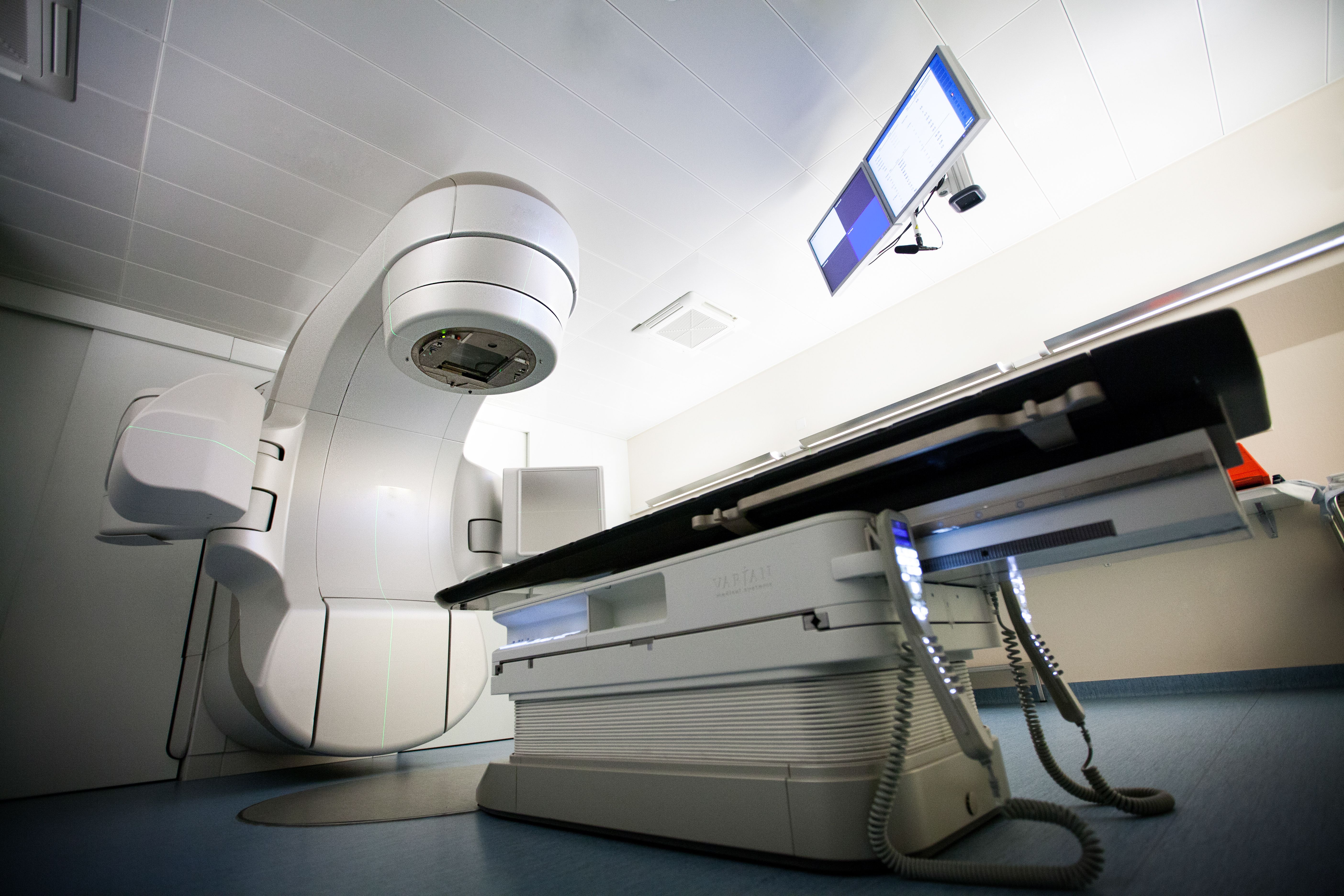- Case-Based Roundtable
- General Dermatology
- Eczema
- Chronic Hand Eczema
- Alopecia
- Aesthetics
- Vitiligo
- COVID-19
- Actinic Keratosis
- Precision Medicine and Biologics
- Rare Disease
- Wound Care
- Rosacea
- Psoriasis
- Psoriatic Arthritis
- Atopic Dermatitis
- Melasma
- NP and PA
- Skin Cancer
- Hidradenitis Suppurativa
- Drug Watch
- Pigmentary Disorders
- Acne
- Pediatric Dermatology
- Practice Management
- Prurigo Nodularis
- Buy-and-Bill
News
Article
Radiation Therapy Associated With Elevated Skin Cancer Risk in Patients With Breast Cancer
Author(s):
RFBSIP/AdobeStock

Radiation therapy in breast cancer treatment may increase a patient’s risk of developing hemangiosarcoma and melanoma, according to a recent study published in JAMA Network Open.
Breast cancer is the most common form of cancer that affects women in the US. Treatment advancements have contributed to improved outcomes in patients, including high cure rates in cases of early-stage breast cancer; however, treatments such as radiation therapy can make patients more vulnerable to developing a secondary cancer or experiencing degrees of tissue damage.
Much of the literature on these risks is concerned with the development of cardiovascular disease or lung cancer, the authors noted. Due to this focus, there is still relatively little known about the long-term risks of nonkeratinocyte skin cancer development related to radiation therapy in patients treated for breast cancer. The authors added that prior studies have correlated radiation therapy in breast cancer with heightened risks for melanoma, but there is still a need for large-scale, population-based research to better understand the associated risks of nonkeratinocyte skin cancers and melanoma in radiation therapy.
A more complete awareness of risk profiles could inform the monitoring and follow-up care of potentially affected patients. Therefore, researchers conducted a population-based cohort study to evaluate how radiation therapy in patients with breast cancer contributes to their risks for developing these secondary skin cancers.
Data were collected from 17 registries of the Surveillance, Epidemiology, and End Results (SEER) Program between January 1, 2000, and December 31, 2019.
A total of 875,880 patients with new breast cancer diagnoses were included in the analysis. Just over half of patients had undergone radiation therapy (50.3%), and chemotherapy was administered for 41.2% of cases in the study.
Overall, 3839 diagnoses of nonkeratinocyte skin cancers were reported. Melanoma was diagnosed in just over 89% of these cases (n = 3419), Merkel cell carcinoma in 3.2% (n = 121), hemangiosarcoma in 2.7% (n = 104), while the remaining 5.1% (n = 195) of individuals were diagnosed with 32 other types of nonkeratinocyte skin cancers following their breast cancer treatment. Notably, patients who did radiation therapy had a 26% higher probability of being diagnosed with skin cancer compared with the general population (standardized incidence ratio [SIR], 1.26; 95% CI, 1.21-1.32). The risk was 8% higher in these patients when they had an unknown radiation therapy or no radiation at all (SIR, 1.08; 95% CI 1.03-1.11).
In the researchers’ assessment of nonkeratinocyte skin cancer subtype risks, they found patients with breast cancer were more likely to be diagnosed with melanoma (SIR, 1.21; 95% CI, 1.16-1.27) following radiation therapy, as well as when they received an unknown radiation treatment or no radiation (SIR, 1.07; 95% CI, 1.02-1.13). The risk of hemangiosarcoma (radiation receipt: SIR, 14.63; 95% CI 11.72-18.04; unknown or no radiation: SIR, 2.89; 95% CI, 1.68-4.62) also increased. The authors noted that the risk of subsequent Merkel cell carcinoma was not statistically significant.
Among the 32 additional identified subtypes, which included sebaceous adenocarcinoma, dermatofibrosarcoma, malignant eccrine poroma, and more, the researchers also found patients with breast cancer had more risks following radiation treatment (SIR, 1.32; 95% CI, 1.09-1.59) as well as unknown or no radiation (SIR 1.02; 95% CI, 0.81-1.27).
The findings of this study reinforce existing literature that details the added risks following forms of radiation therapy or when other interventions are combined with radiation. While the authors noted how the SEER program limited their ability to evaluate genetic profiles and family history, they concluded by highlighting the value of their data to inform patients and clinicians about the elevated skin cancer risks associated with radiation therapy.
Reference
Rezaei SJ, Eid E, Tang JY, Kurian AW, Kwong BY, Linos E. Incidence of nonkeratinocyte skin cancer after breast cancer radiation therapy. JAMA Netw Open. 2024;7(3):e241632. doi:10.1001/jamanetworkopen.2024.1632
[This article was originally published by our sister brand, AJMC.]





